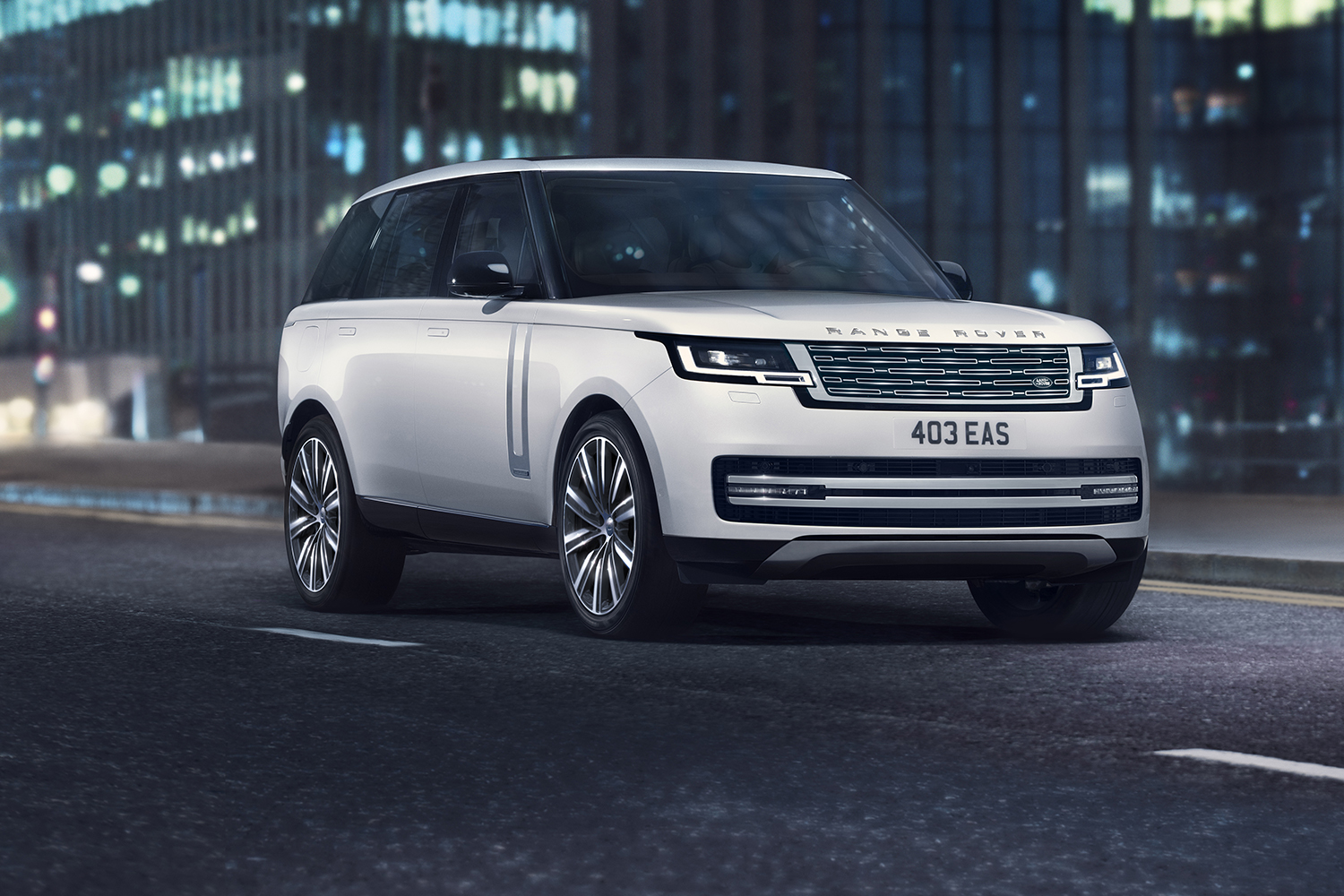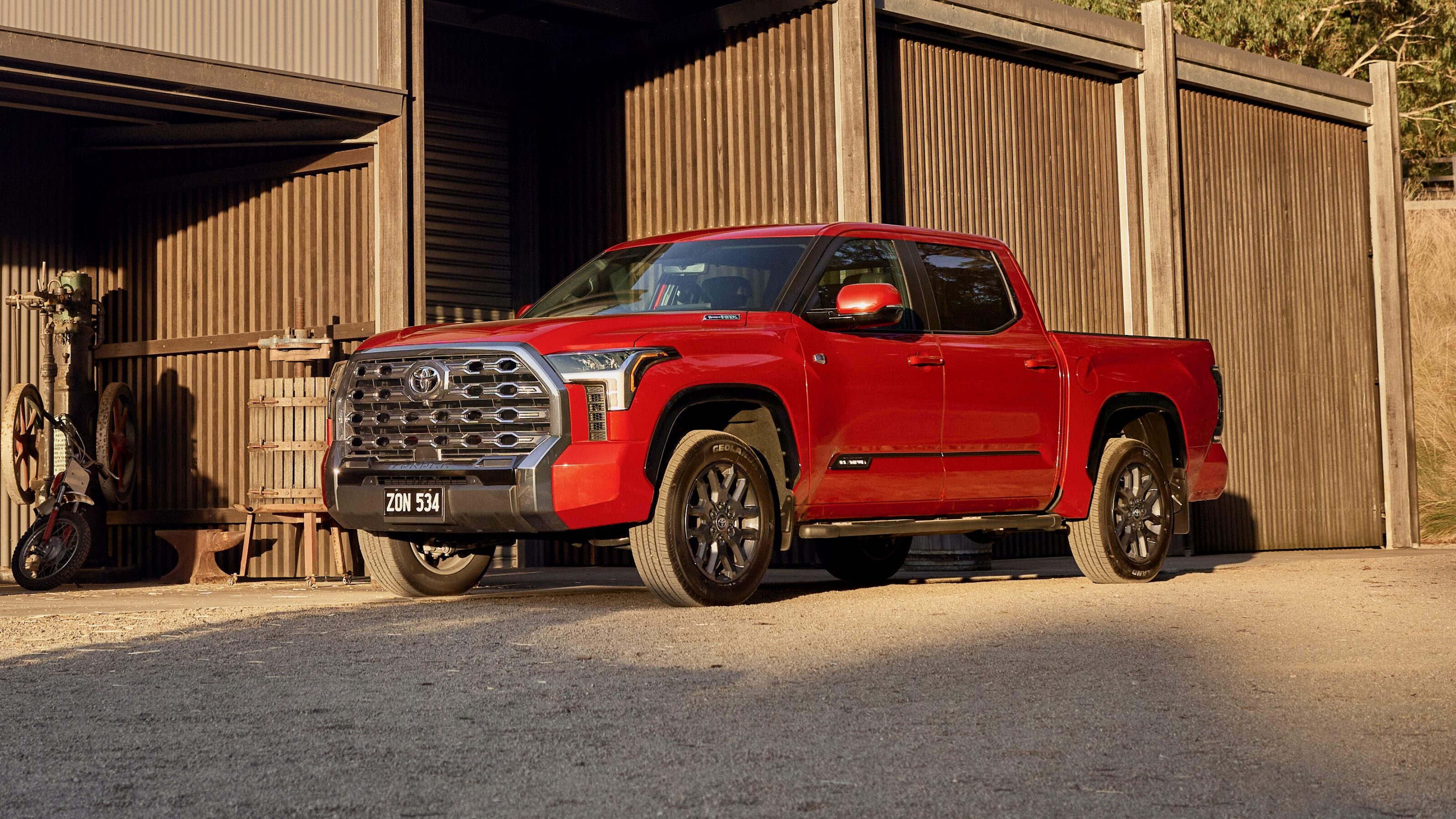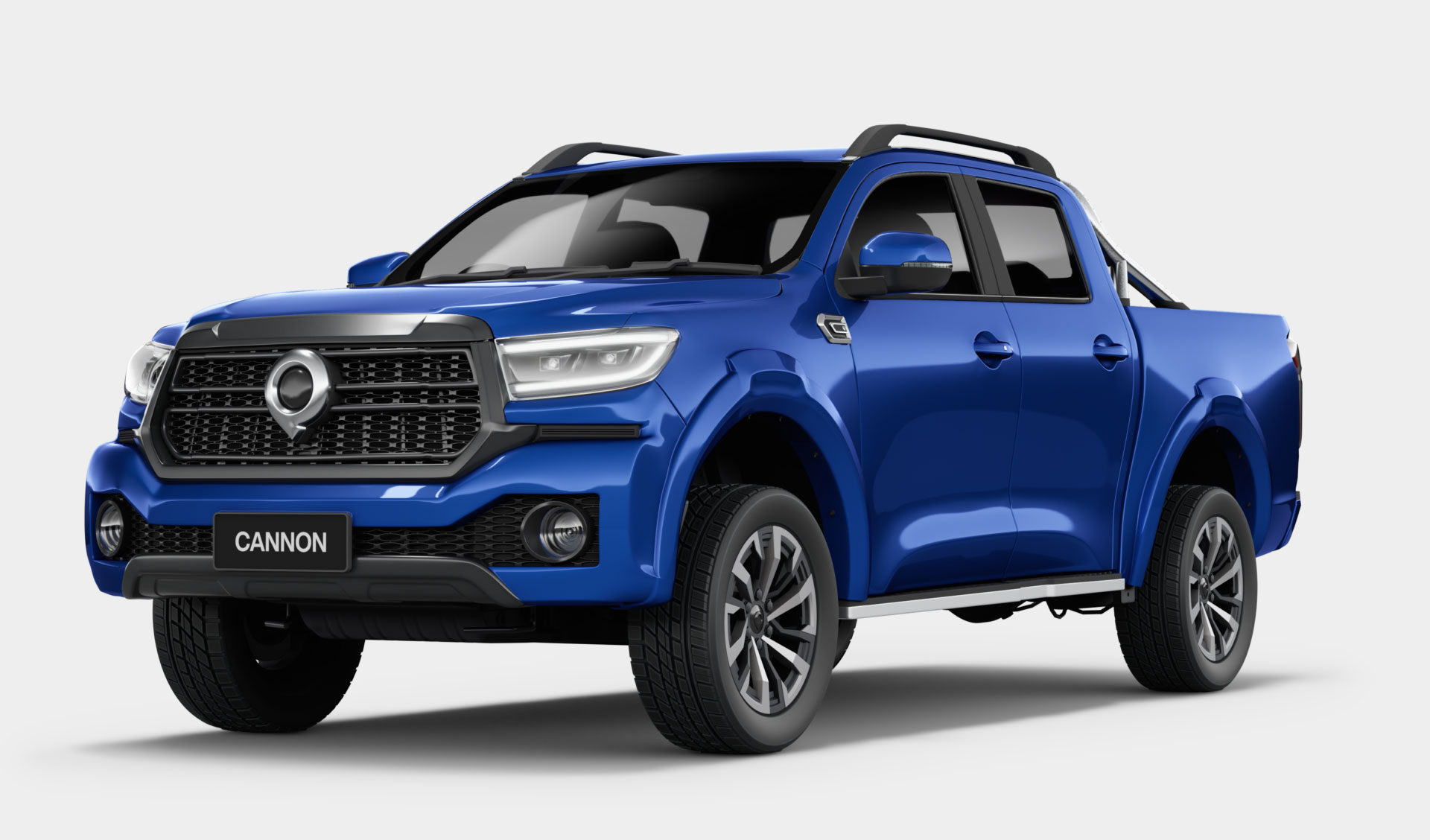Snapshot
- Huge leap forward in technology
- Built on new MLA-Flex architecture for ICE, MHEV, PHEV and full EV
- Australian pricing to start from $220,200
Other than redesigning a Porsche 911, the most difficult job in the automotive world is creating a new Range Rover.
Like a 911, the Range Rover is a vehicle with a past which defines its future; a vehicle with unique attributes that must today tiptoe a fine line between tradition and technology. Range Rover is its own benchmark. A new Range Rover must, by definition, be a better Range Rover.
The 2022 Range Rover, new from the wheels up, is the most luxurious and most technologically advanced Rangie in history. Depending on the region, and confirmed for Australia, it’s available with Amazon’s Alexa voice control. The on-board electronics, controlled by 69 individual ECUs, can be updated over the air like your smartphone apps.
NOTE: Full Australian pricing has now been revealed. So when you finish reading Angus’s story, head here to see local pricing and specs.
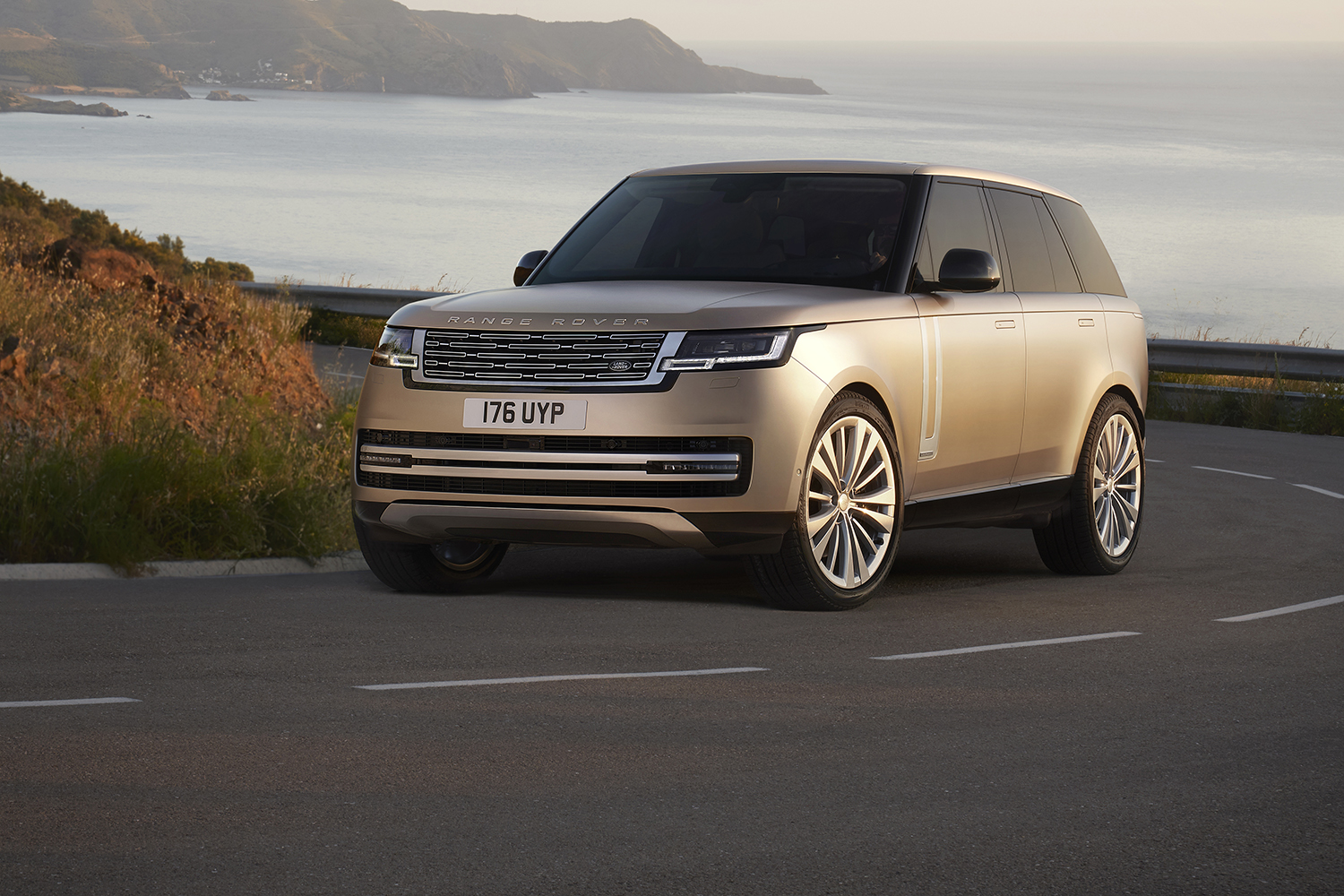
Rear-wheel steering is standard across the range. The top-spec headlights have 1.2 million individually controllable micro-mirrors, enabling them to throw light around 16 different objects at once.
The new Range Rover can even park itself, sliding into narrow spaces while you stand outside and watch.
You can take it to the opera, cosseted in a sumptuously elegant interior, the top-spec noise-cancelling audio system hushing engine and road sounds, directions from the sat-nav projected directly into your line of sight by the head-up display.
Or you can pump up the air suspension to give a maximum 295mm of ground clearance and take it off-road – scrambling over rocky outcrops and wading through water 900mm deep, the central touchscreen showing obstacles hidden from view by the bonnet.
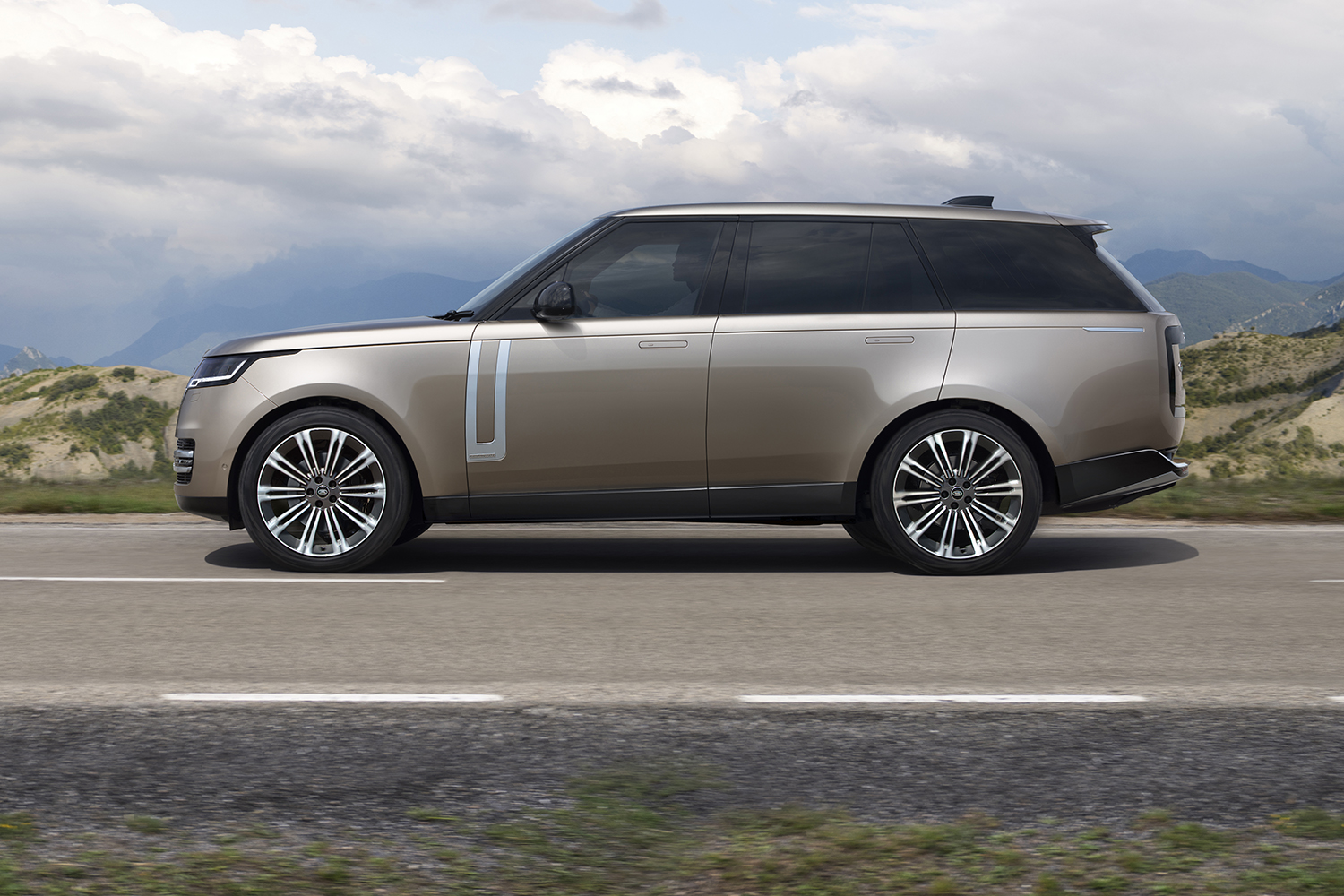
Unrivalled comfort meets unparalleled capability: At first glance this new Range Rover hits all the right notes.
Codenamed L460, the fifth generation Range Rover is built on JLR’s all-new aluminium intensive MLA-Flex vehicle architecture.
MLA-Flex has been designed to accommodate mild hybrid, plug-in hybrid, and full battery electric powertrains, and JLR’s powerful EVA 2.0 electronic architecture.
Torsional stiffness has been increased by 50 per cent compared with the outgoing Rangie, says vehicle line director Rory O’Murchu, while structural borne noise has been reduced by 24 per cent.
The L460 is also 52mm longer overall, rolls on a 75mm longer wheelbase, and has a 11mm lower roofline.
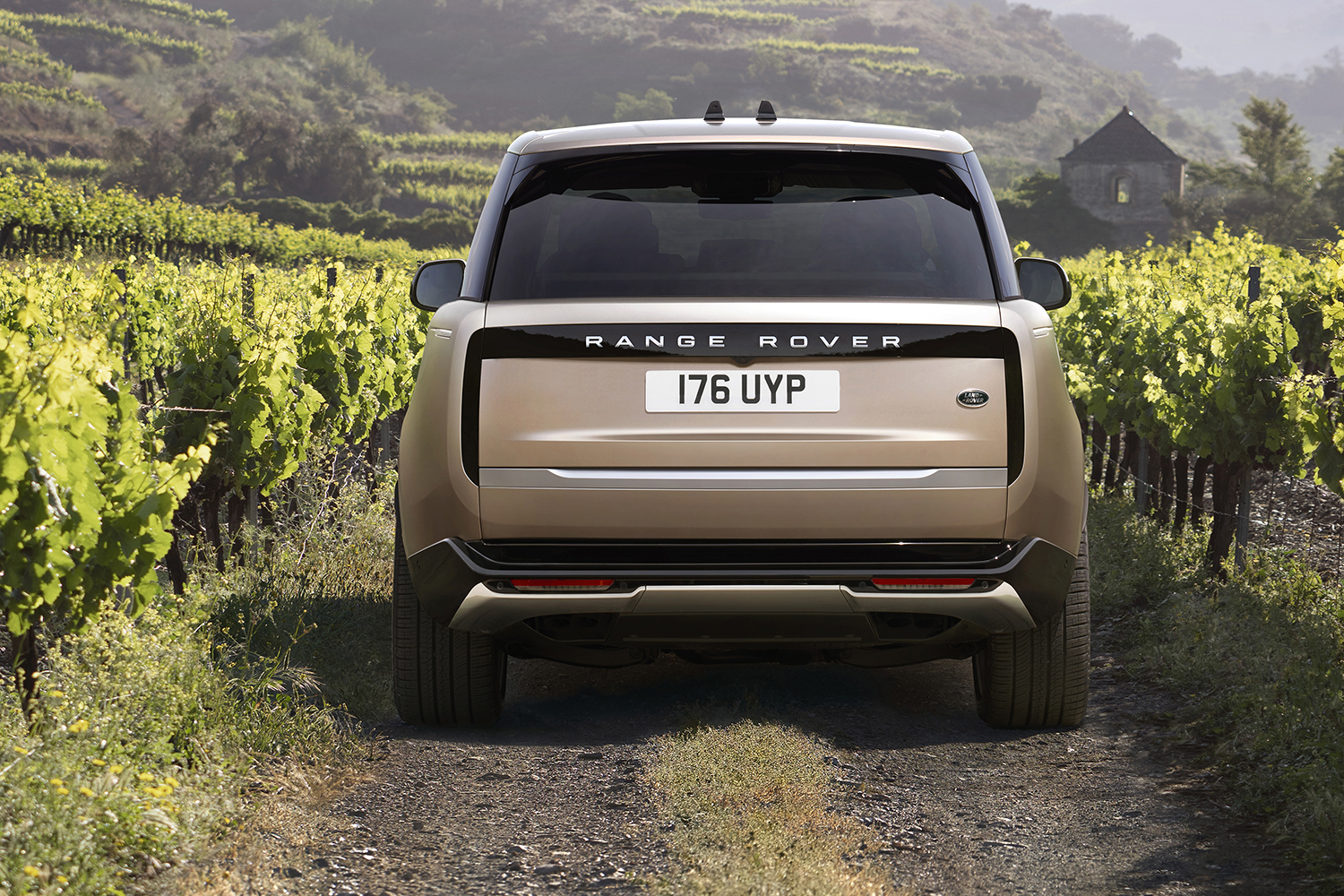
A new five-link rear axle not only packages a steering system that turns the rear wheels up to 7.3 degrees – in the opposite direction to the front set at speeds up to 50km/h to improve agility or in the same direction above 50km/h to ensure high-speed stability – but has been designed to also accommodate an electric motor.
The air suspension has Bilstein twin-valve active dampers and Land Rover’s first 48V active anti-roll system, with 900Nm of twist available within 200 milliseconds and up to 1400Nm in total. The system can be decoupled for off-road work, and its actuators used to push down the wheels to better follow the terrain.
Top-spec wheels on the latest model are massive 23-inchers, though Land Rover says careful attention to lightweight design, new alloys and flow-forming process means they weigh no more than the 22-inch wheels available on the current Range Rover.
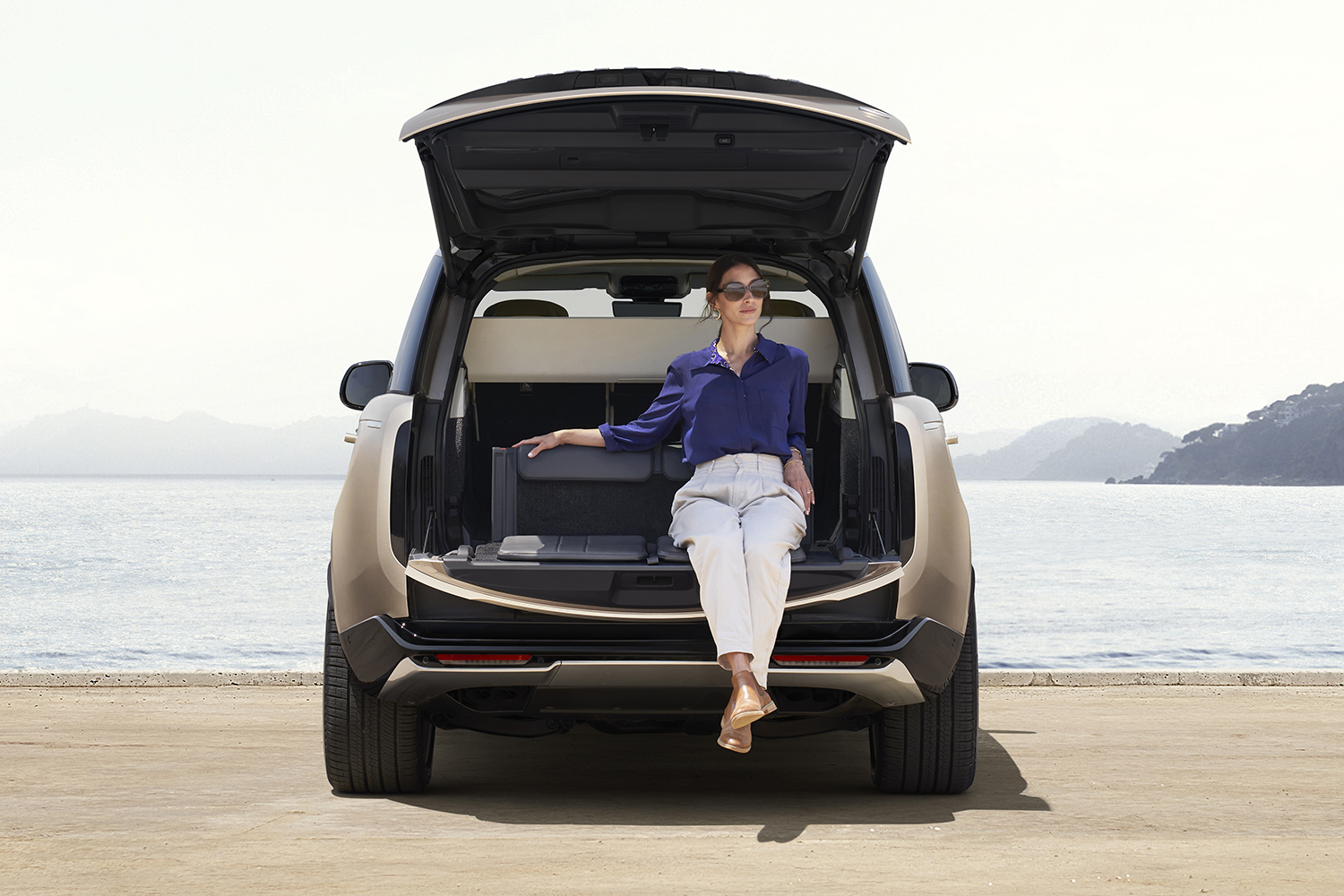
No matter which wheel/tyre combination you choose, the overall rolling radius is 815mm, ensuring consistency of suspension performance on and off the road.
A new all-wheel-drive control system automatically cuts drive to the front axle between 35km/h and 160km/h to reduce mechanical drag by 30 per cent and improve fuel efficiency.
The system ensures there’s drive to the front axle when pulling away from a standstill, or if ambient temperatures drop below three degrees C, and, of course, when driving off-road.
The new model has the Terrain Response 2 drive mode system which debuted on the most recent Land Rover Defender. As before, all engines are coupled to an eight-speed automatic transmission with a two-speed transfer case.

2022 Range Rover: Australian details
NOTE: Full Australian pricing has now been revealed. So when you finish reading Angus’s story, head here to see local pricing and specs.
Australian-spec Rangies, starting from $220,200 for the Range Rover SWB SE D300 (before on-road costs), will be available with five powertrains:
Three mild hybrids (MHEV) and a plug-in hybrid (PHEV) featuring JLR’s Ingenium 3.0-litre turbocharged straight six in either petrol or diesel form, and a BMW-sourced 4.4-litre twin-turbo V8.
The V8-powered models will be badged P530. They’ll offer no electrical assistance, but deliver 390kW and 750Nm and can scoot to 100km/h in 4.6 seconds.
P400 signifies the petrol Ingenium MHEV powertrain with 294kW and 550Nm under the bonnet. The D300 and D350 badges mean diesel Ingenium MHEVs with 221kW and 650Nm, and 258kW and 700Nm, respectively.
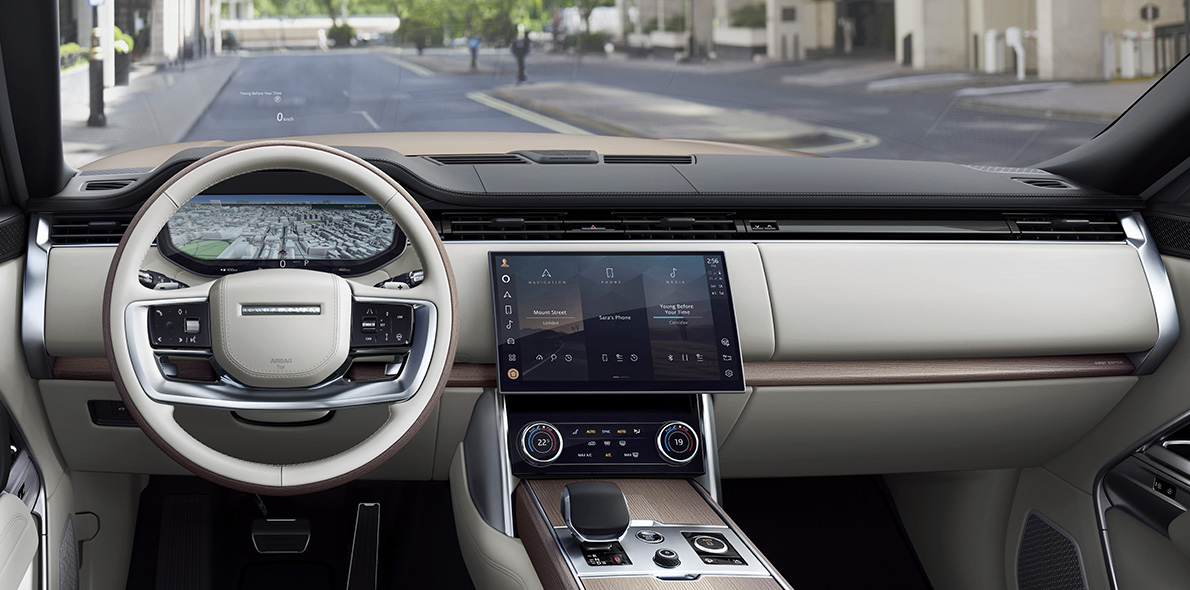
The PHEV powertrain is perhaps the most intriguing one
Badged P510e, it features the 294Kw petrol Ingenium six combined with a 105kW e-motor, mounted between the engine and the eight-speed automatic transmission, that’s powered by a lithium-ion battery with a useable capacity of 31.8kWh.
Land Rover claims a pure electric driving range of 80km to 100km at speeds of up to 140km/h, and as the battery sits under the rear passenger compartment floor, low and between the axles, no negative impact on handling or load capacity.
With a total system output of 375kW and 700Nm, the P510e is said to be good for a 5.6-second 0-100km/h sprint while delivering a real-world driving range of about 640km. And with 50kW DC rapid charging capability, the battery can be topped up to 80 per cent charge in under an hour.
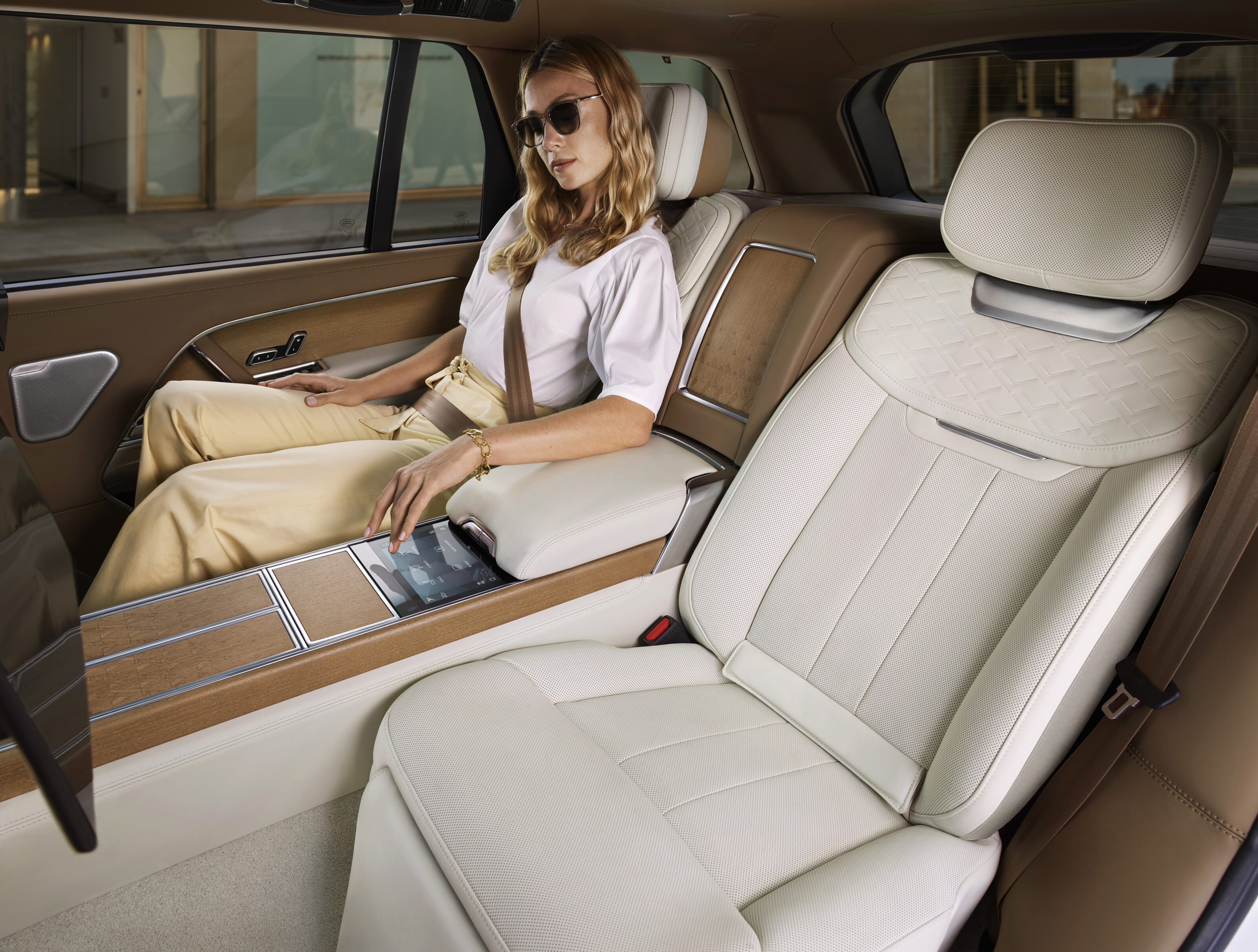
The powertrain line-up will be expanded in 2024 with the launch of the first ever all-electric Range Rover.
JLR sources are tight lipped on detail, but there will be e-motors front and rear to deliver the mandatory all-wheel-drive, and sophisticated control systems which allow capabilities such as infinitely variable torque split to ensure good handling on the road and good capability off it.
Outputs north of 375kW and 700Nm seem logical, along with a 500km or better driving range courtesy of a battery pack which looks to have around 100kWh capacity.
All this new hardware and software is wrapped in breathtakingly modernist sheet metal, styled under the direction of Land Rover design director Massimo Frascella, that retains traditional Range Rover proportions while stripping back superfluous surface detailing to an absolute minimum.
It’s a stunningly confident piece of work that makes the Bentley Bentayga look bling and the Rolls-Royce Cullinan boring. And the closer you look, the more impressive it is.
The grille echoes the form of the current Range Rover’s, but the detailing is much more elegant. Underneath it, inset into the smoothly surfaced bumper, is a broad vent that makes the car look wider and more planted.
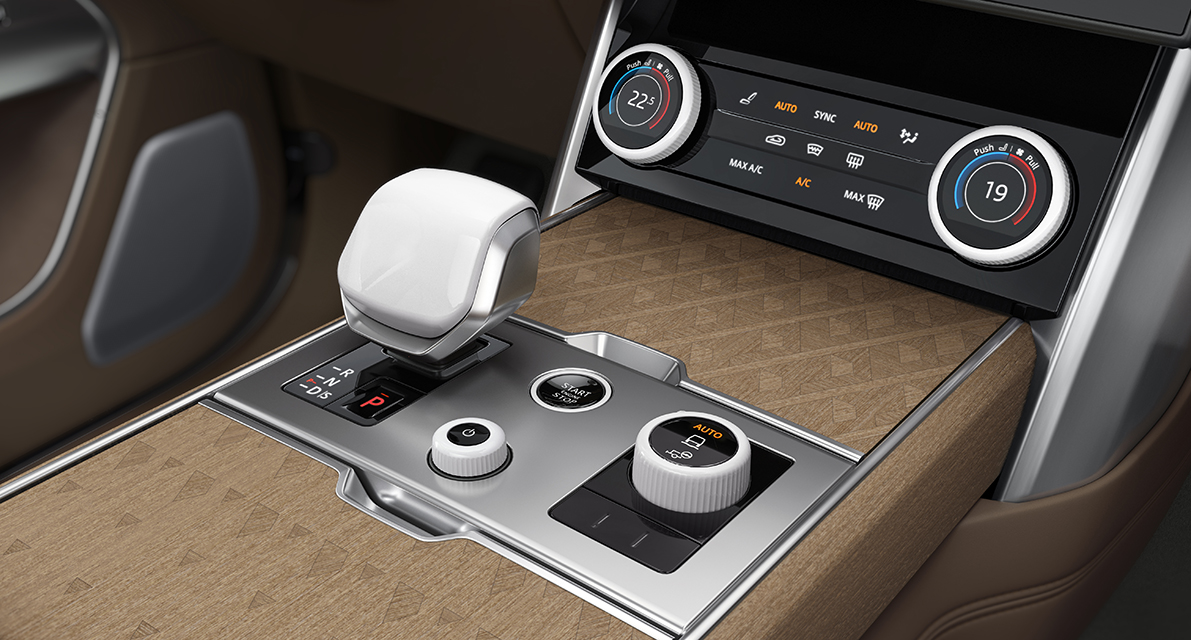
The front fascia flows around to the bodysides in a smooth arc, making the new Rangie look sleeker than ever. Indeed, JLR claims it is the most aerodynamic version in history, with a Cd of 0.30 – a 12 per cent improvement over the outgoing model.
The super-clean bodysides are anchored by gloss black sills that rise towards the rear of the car and kick upward after the rear wheels, where their outer surface is then pulled wide of the sheet metal to almost cradle the bodywork at the extreme back of the car.
JLR chief creative officer Gerry McGovern’s obsession with reductive design is reflected in details such as the way the tops of the doors roll over to meet the flush side glass, without a visible seam or rubber seal, and the hiding of the D-pillar under the rear window.
Where the new Range Rover makes its most dramatic visual statement is at the rear, where a pair of ultra-thin vertical tail-lights are hidden in a gloss black panel that stretches up and across the two-piece tailgate and is framed by a strong, squared off, almost Kamm-tail graphic. The rear indicators are hidden in the horizontal section of the black panel.
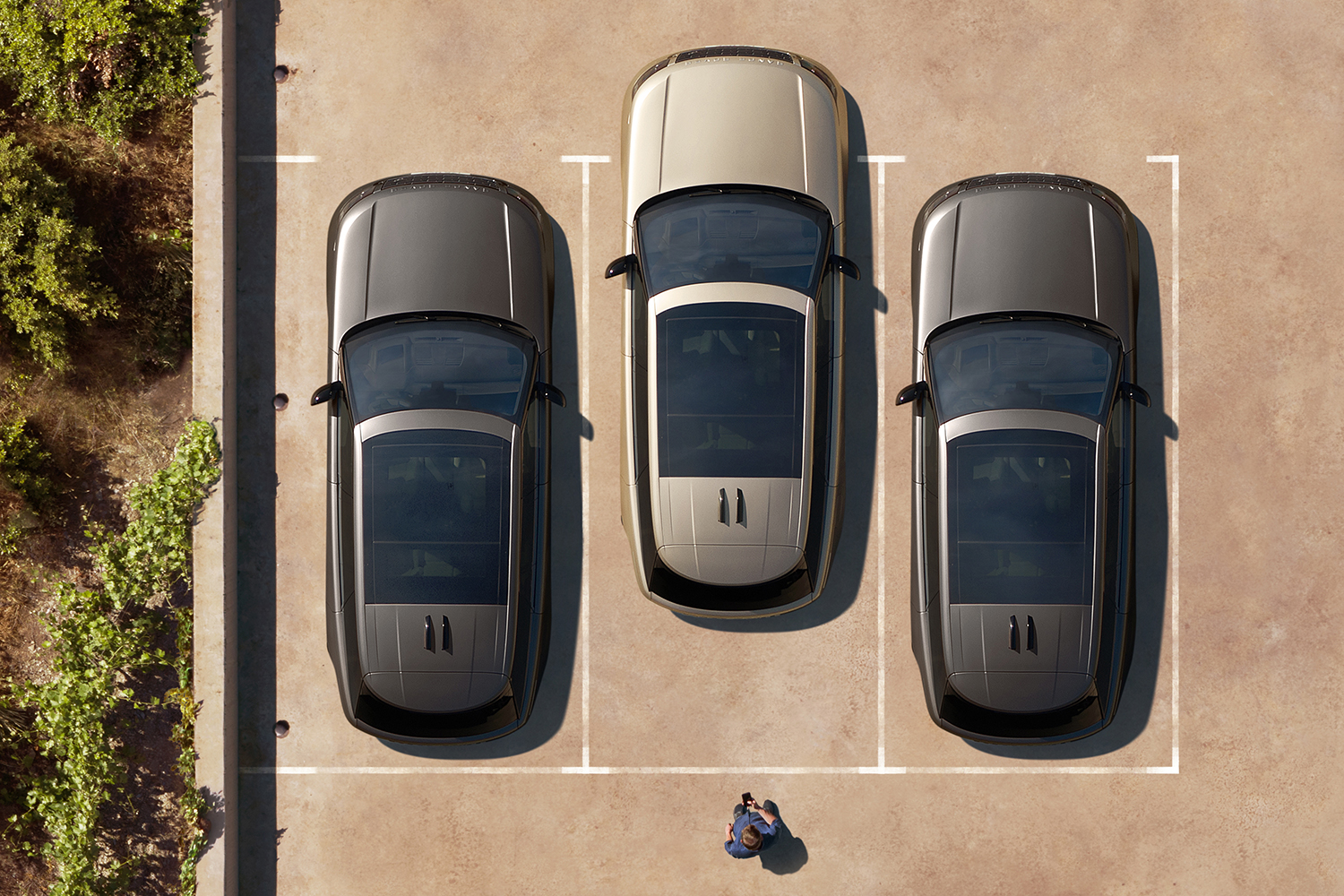
To deliver the necessary brightness through the black surface the LED tail-lights and indicators shine towards the front of the car before being turned 180 degrees and amplified through a series of prisms. JLR has a patent on the system, one of 125 patents covering new technologies on the new model.
The crisp modernism of the exterior is carried over to the interior, with straight lines, clean surfaces, and switchgear reduced to a minimum. A new two-spoke steering wheel fronts a digital instrument cluster that’s been engineered as a semi-floating glass panel and a gently convexed 13.1-inch haptic feedback touchscreen floats above the centre of the dash.
The air vents are cleverly integrated into the overall horizontal theme of the fascia. It’s a supremely elegant and restful cabin.
It’s comfortable, too. That 75mm increase in the wheelbase has delivered a 44mm increase in knee room behind the front seats. As you’d expect, they can be trimmed in traditional leather in a variety of colours.
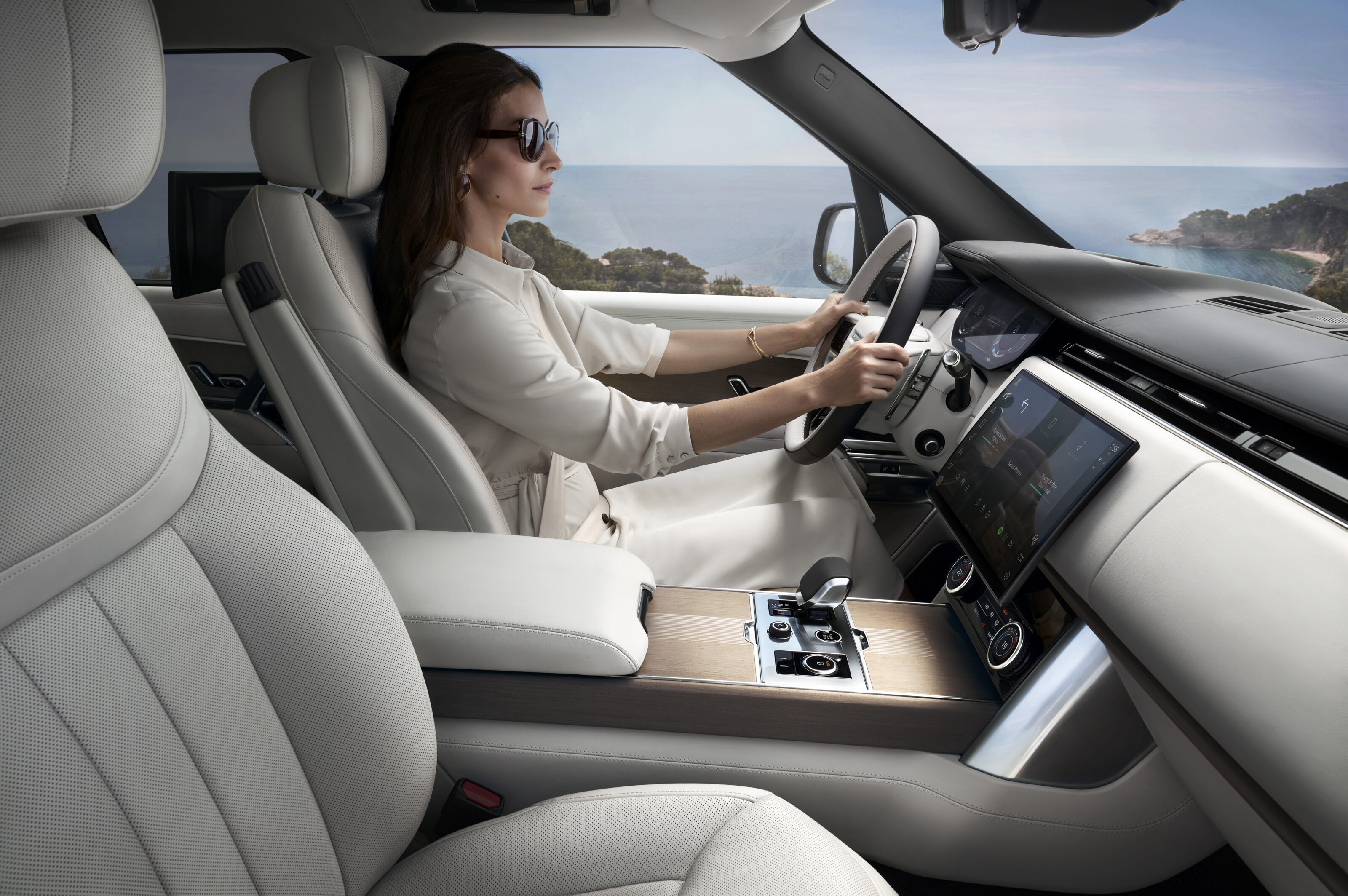
Land Rover is also offering a near-aniline leather trim it says is softer and, because it requires fewer treatments and less artificial pigmentation, can be more efficiently produced – saving the equivalent of more than 42kg of CO2 per vehicle.
More eco-friendly, says the carmaker, are the Kvadrat remix wool blend fabric and the new Ultrafabrics material – which has similar tactile qualities to leather, but is 30 percent lighter and generates only a quarter of the CO2 in its production.
Gerry McGovern once said there’d only be a seven-seat Range Rover “over my dead body”. Well, Gerry’s still alive and kicking, but buyers will be able to order the new Range Rover with a third row.
Money talks: Americans, who buy more Range Rovers than anyone else in the world, kept asking for a seven-seater, and the new MLA-Flex platform gave Land Rover the opportunity to engineer the feature into the car from the outset.
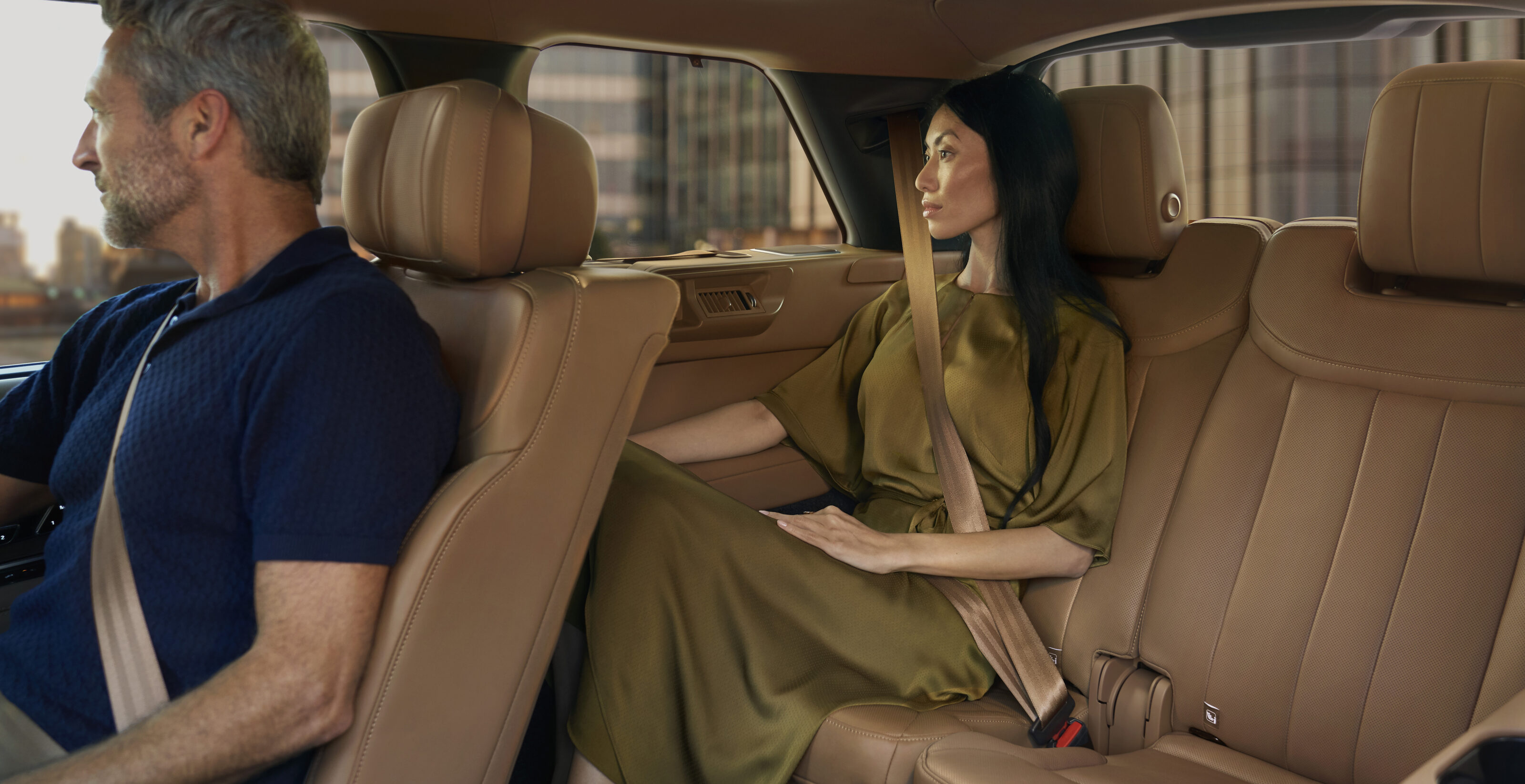
The seven-seat option is only available – for obvious reasons – in the long wheelbase model which, like the previous car, has an extra 200mm between the axles, and longer rear doors.
The execution is good: The second-row backrest tips forward and the squab slides forward in less than eight seconds to enable access, and there’s enough leg and headroom to accommodate moderately sized adults in comfort.
The hip point in the third row is 14mm higher than that of the second row to give the rear-most passengers better forward vision.
Tight shutlines disguise the fact the new vehicle still has its traditional split tailgate. Land Rover makes the most of that feature by offering an optional pack which adds leather cushions and backrests that can be fitted to the lower portion of the tailgate and downlights which shine from the upper tailgate overhead.
There are cupholders on the tailgate, and an app allows you to remotely control the audio system, directing playback to the rear-most speakers.
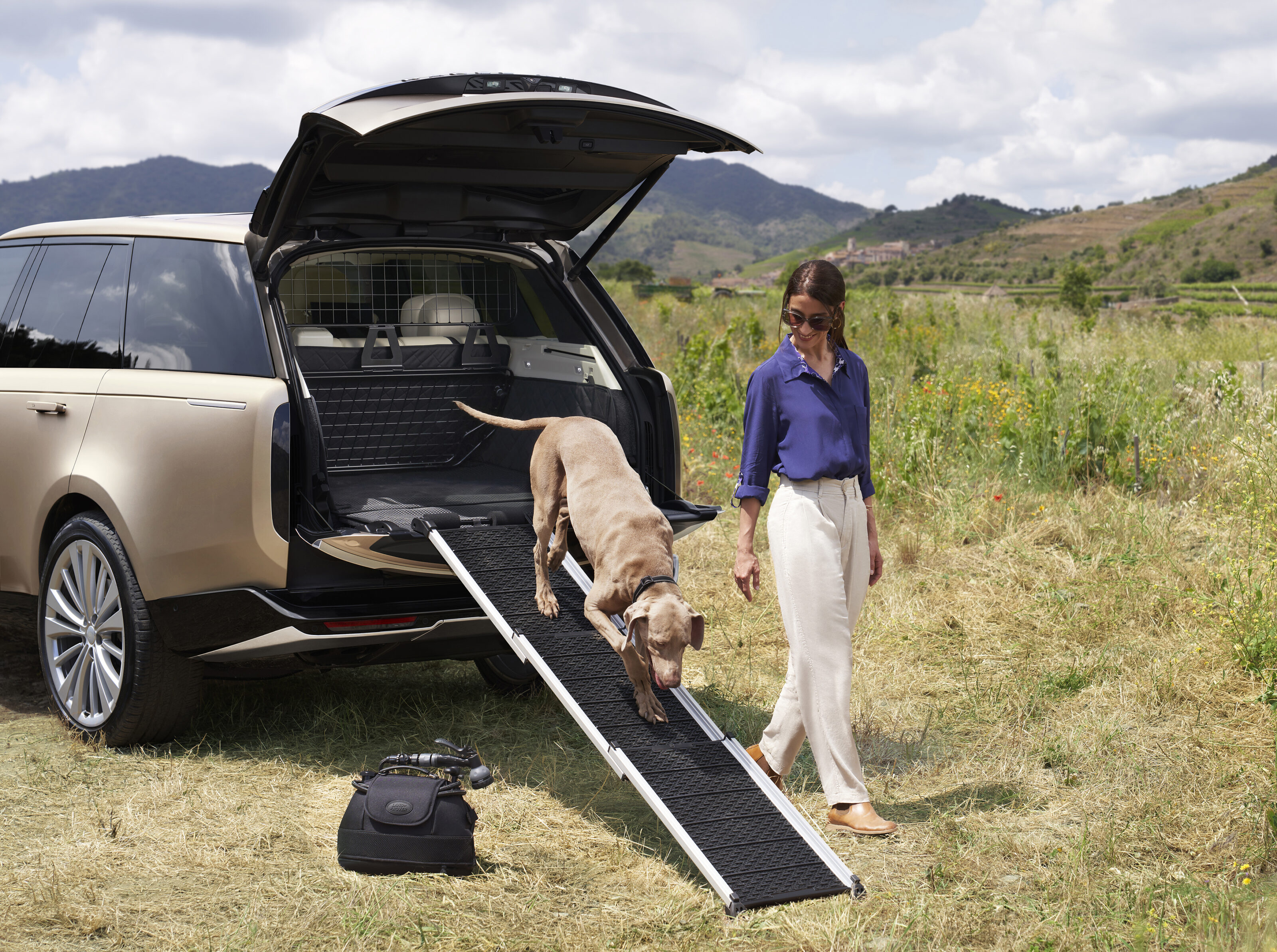
Land Rover has used British audio specialist Meridian’s excellent equipment for some years now, and the new Range Rover is available with one of the company’s most advanced automotive systems yet.
The 1600W Meridian Signature Sound System features 35 speakers, including a pair of 60mm speakers in each of the four main headrests, and has an active noise cancellation system which monitors wheel vibrations, tyre noise and engine sounds transmitted into the cabin and automatically plays countering frequencies.
Range Rover once owned the luxury SUV segment. Now everyone from Rolls-Royce and Bentley to even Lamborghini – and soon – Ferrari, wants a slice of this lucrative market.
To compete, Land Rover knew it had to push its flagship off-roader even further upmarket, offering high-style design and customer-facing technologies which prioritised comfort and connectivity, but without compromising the serious all-terrain capability underpinning the entire Range Rover brand.
We’ll reserve judgement until we’ve had a chance to get behind the wheel, but, on paper at least, the benchmark has set a new benchmark.

2022 Range Rover SV
For those who want a Range Rover with the lot
Top of the new Range Rover line-up will be the SV. Handcrafted at JLR’s Special Vehicle Operations, it will offer extra luxury features and the opportunity for customers to personalise their vehicles with unique paint and interior colours.
The SV variants will be identified by a differently detailed grille design, profiled front bumper with four fine trim bars across the full width vent, a laser-etched SV logo in the front door graphic panels, and a white ceramic badge on the tailgate. Engine choices include the 390kW twin-turbo V8, the 375kW PHEV powertrain, and the 258kW MHEV diesel.
SV buyers can choose from the standard Range Rover exterior colour palette or one of 14 additional colours in a special SV palette, which includes a range of satin finishes. And if they can’t find anything they like in that lot, the division will paint to sample, finishing the car in any colour they want.
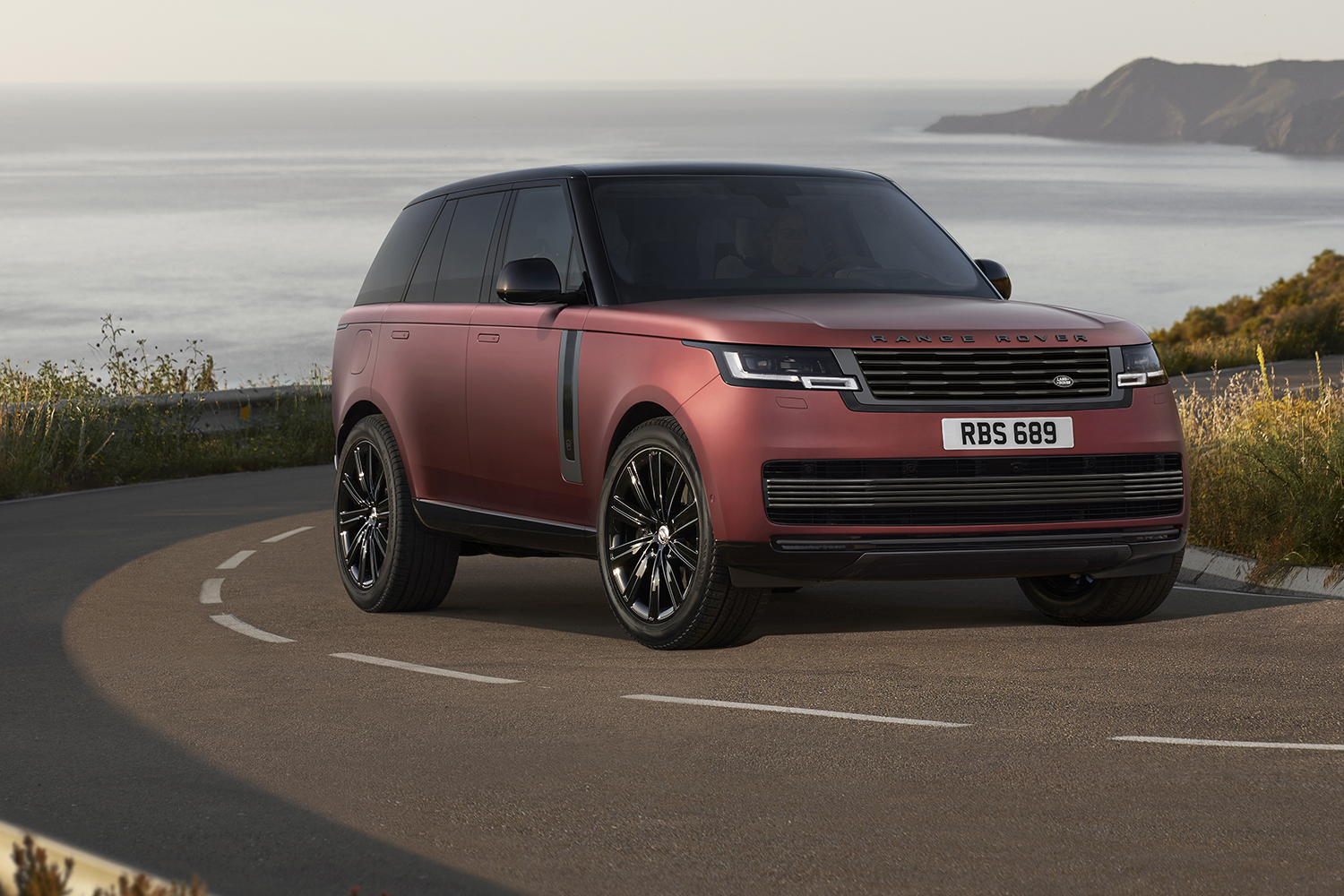
Interior upgrades include a ceramic finish on the shifter, Terrain Response controller, the audio volume control and the heating and cooling controls, unique SV graphics on the digital displays, and the availability of duo-tone colourways, with different options used on the front and rear seats.
Veneer choices include smooth white ceramics with an embossed mosaic pattern applied by hand, as well as anodised metal and selected woods with mosaic marquetry or seamless metal inlays.
All SV models are available with exclusive 13.1-inch rear seat entertainment screens, which are the largest ever fitted to a Range Rover. The rear seat entertainment system includes high-fidelity headphones specifically designed for the car.

The SV Signature Suite option, available on long wheelbase models, features a console which runs the length of the cabin from front to rear that accommodates an electrically powered table which rises a single choreographed movement.
Its sculptural support is machined from a billet of aluminium, and the table can be turned to serve either of the rear seat passengers and extended by way of two folding leaves.
The Signature Suite also includes a refrigerator between the seatbacks that’s big enough for a bottle of champagne, which can be sipped from special SV-designed Dartington Crystal glasses.
Just what you need when you arrive at Birdsville in your Range Rover SV and find the pub’s run out of beer.
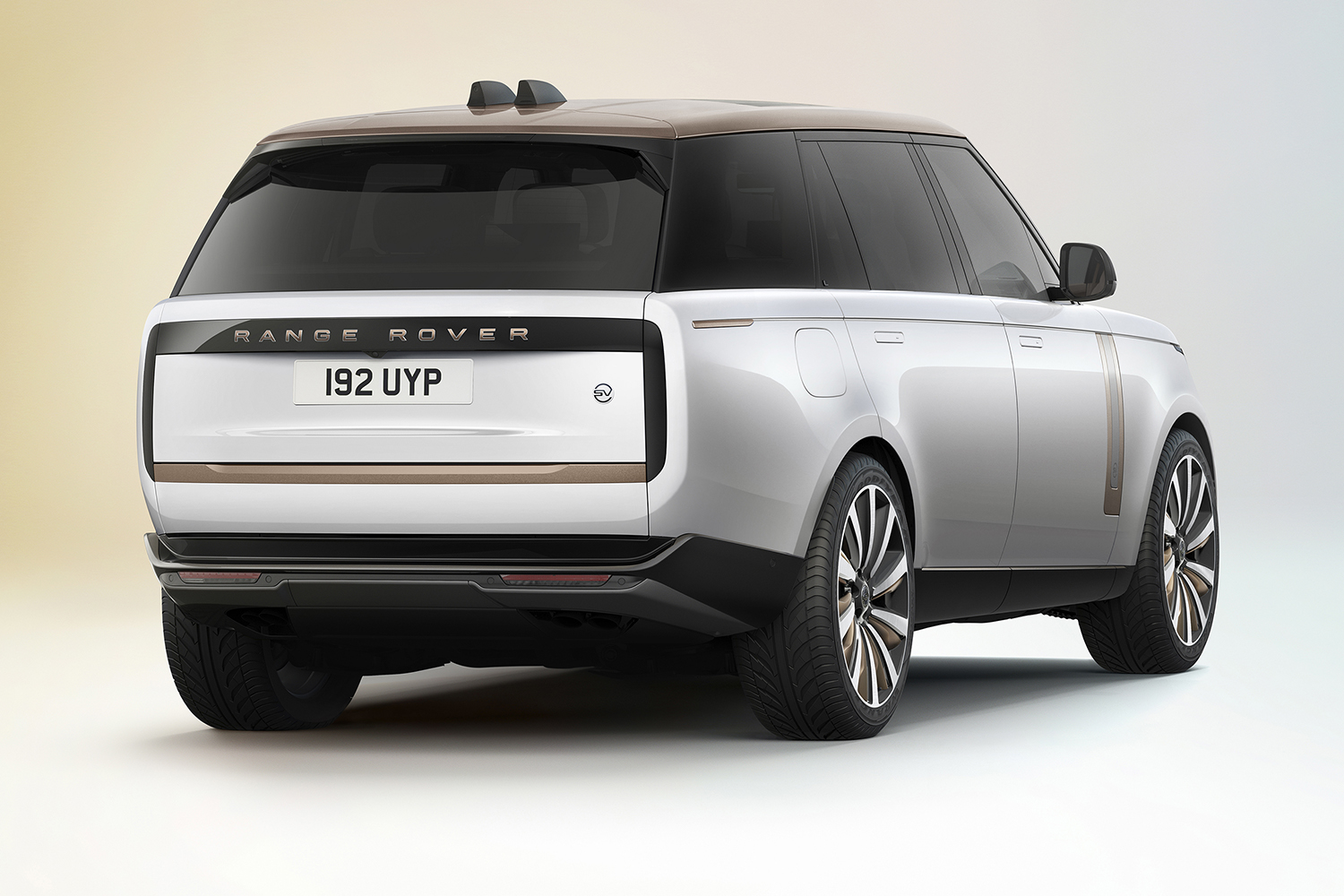
We recommend
-
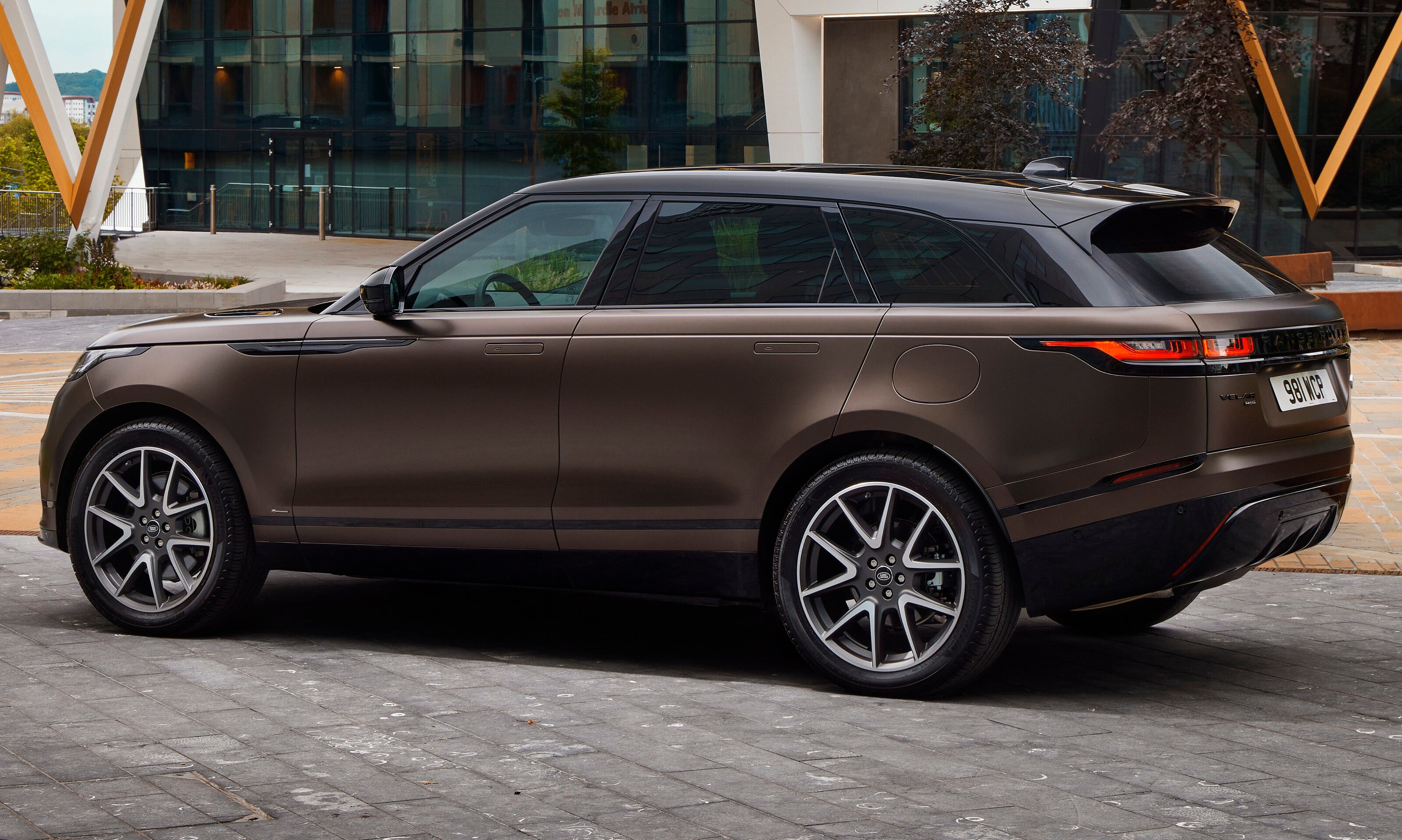 News
NewsRange Rover Velar scores equipment update for 2022 model
Wireless smartphone mirroring, expanded cabin filtration and new paint options join the Velar range for 2022
-
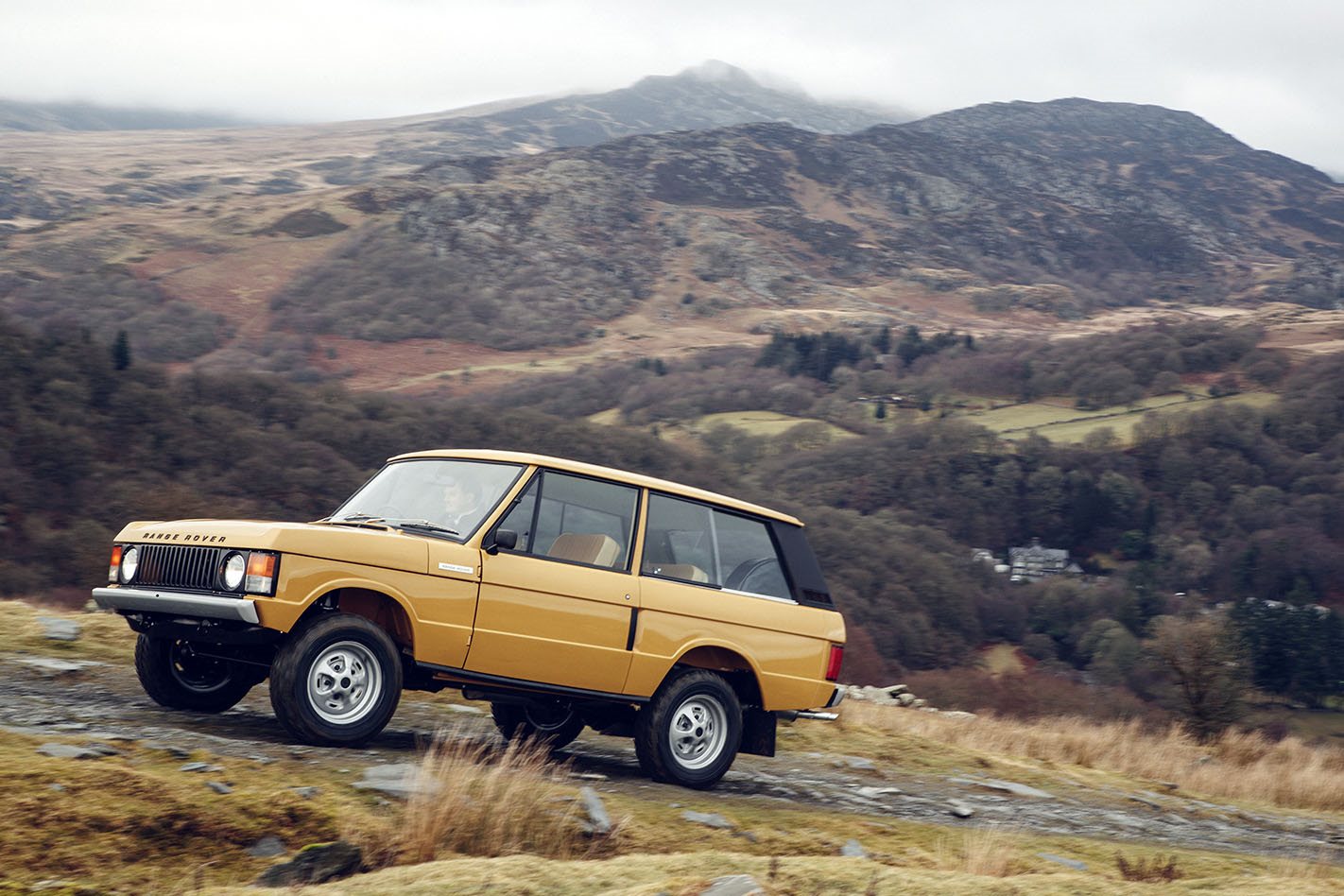 Features
FeaturesHow the Range Rover became an off-road legend
Since its inception the Range Rover has been the most complete and aspirational off-road-capable vehicle on the market.


